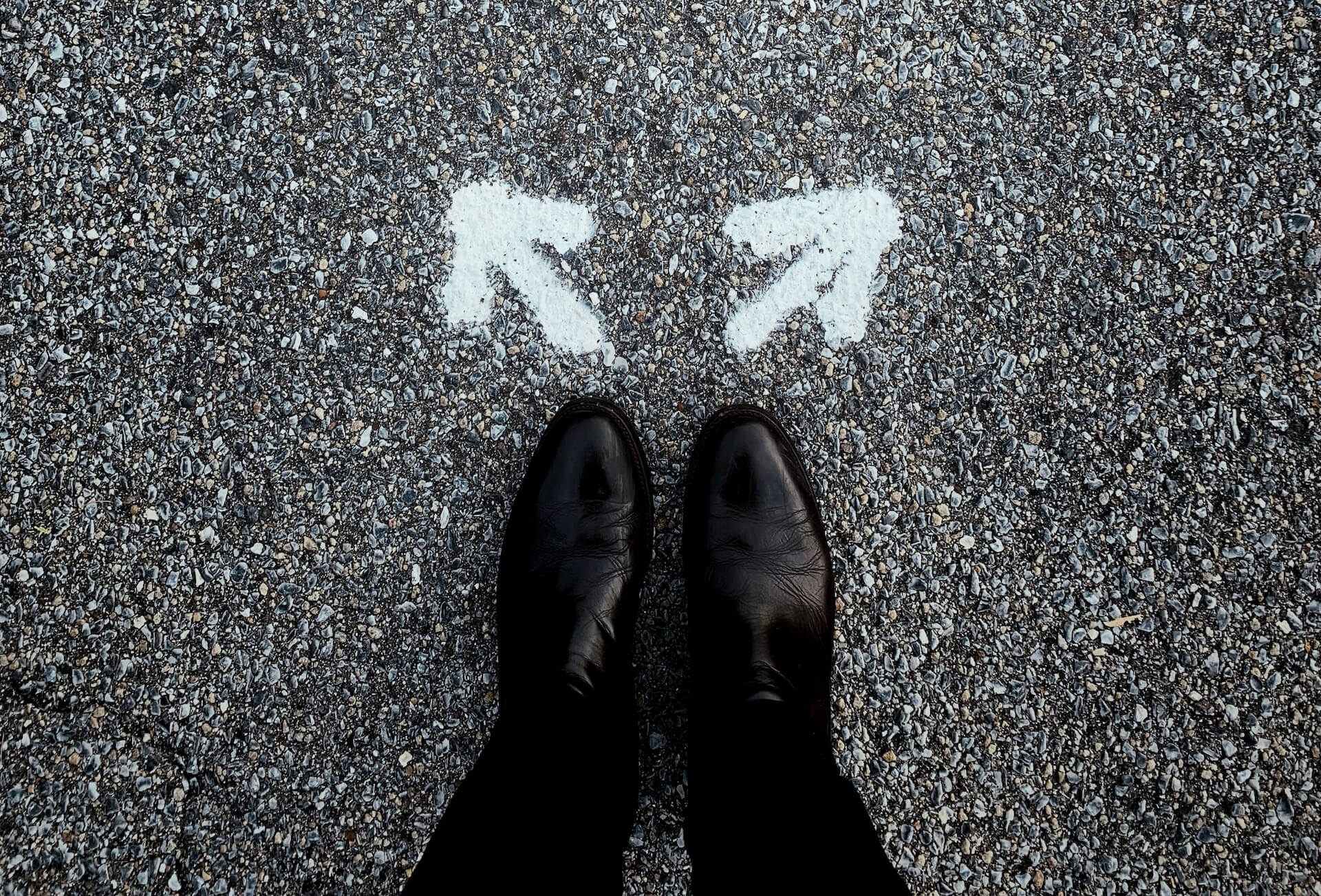Every day, people make decisions. We make those decisions of our own free will. Or do we? Consider: you walk into a grocery store to buy a carton of eggs. We want to buy one thing: that carton of eggs. But then we pick up a loaf of bread, primed by a bright yellow “For Sale” tag that tells us the loaf is a steal. Then we notice a chocolate bar at eye level and grab that too. We’re home-free to the checkout line, but then we notice a bag of chips right below the register. We buy chips too!
Yes, we are free to make our own decisions. But in making decisions, we face what behavioural psychologists call “choice architecture.” It refers to the context and conditions of a decision that shapes our choices. By shaping those choices, we influence them. So, for instance, we are more likely to buy products at eye level. We are unconsciously primed to buy a product when it seems cheaper than normal.
These and other tactical framings of choice architecture form the basis of nudge theory. It’s a popular movement of psychological insight in marketing, government, and every area of human life. It’s all based on a simple idea: How can we frame peoples’ choices to encourage better choices?
You can integrate the insights of nudge theory into your direct mail campaigns. Here are three ideas for how to be tactical about choice architecture. These ideas will help you get better results through your direct mail campaigns.
Help readers stick with the crowd
You’ve heard the adage that humans are social animals. But that’s so much more than conversation and cliques; social life requires much unspoken cultural understanding. From firm handshakes to eye contact in conversation, unspoken rules define social life. These social norms can be powerful tools: psychological cues to encourage particular behaviour.
For instance: littering. In 1990, researchers wanted to determine what social cues might encourage people to litter. Their results found that participants were more likely to litter in a space where litter was already present. They were even more likely to litter after watching someone else litter first. But they were less likely to litter when they saw neatly-swept piles of litter in the same space. These subtle cues set the norm for whether it was acceptable to litter in the area or not. People responded right on cue.
How can we use this in handwritten letters?
Use your letter to show readers how most people are behaving in a given situation. They will aim to ride with the crowd. British taxpayers late on their return received letters with social norm messaging, like “9 out of 10 people in your area are up to date with tax payments.” Recipients of these letters were 15% more likely to end up settling their debts. Find ways to establish similar social norms in your own letters. For instance, share a fact like “9 out of 10 donors donated at least $100.”
Research shows that the social norm effect becomes even more influential when visualized. Show the people setting the norm. Britain’s Behavioural Insights Team once worked with a client to encourage greater employee charitable giving. All employees received a card from an existing donor to the charity, explaining why they give and why employees should donate. A control group received the same card but with a picture of the donor. This control group gave at much higher rates than the non-control group. For example, why not throw in a picture of yourself if you’re a realtor mailing potential clients?
Anchor readers’ choices to encourage the best option
Let’s say you walk into a high-end clothing retailer. You see a t-shirt priced at $1000. “That’s ridiculous,” you think. But a step later, you see another t-shirt “on sale” for $200. Still a ridiculous price for a shirt? Yes. But you’re now primed to see that $200 t-shirt as a bargain because the first shirt you saw set your expectations. Psychologists call this the anchoring effect. The first information received about a particular subject will distort our thinking.
This effect is so powerful, it can undermine our objectivity. And it can manifest in ridiculous ways. One study showed participants the last two digits of their social security number and then asked them if they would pay the same amount as those digits for a series of products. There is no connection between the two. The price of a chocolate bar shouldn’t be set to $21 if the last two digits of your social security number are 21. Yet, the study found that those with higher digits priced the same items at higher amounts. That’s how powerful this effect can be.
How can we use this in handwritten letters?
Here’s one way we can put the anchoring effect to good use in fundraising letters. Let’s say you are mailing donors on behalf of a food bank. Open the letter with the number you’re hoping these recipients will gift. Even the presence of the number will prime readers to give that amount. For instance, you could write: “It costs our food bank $100 to feed one client for a week.” Then, later in the letter, ask for $100. The anchoring effect will go to work in priming potential donors to give your preferred amount.
Don’t ask readers to take action. Give them a plan to take action.
You’ve decided you want to lose 20 pounds. Good for you! But we’ve all seen the following happen. We commit to weight loss, cut back on meals or exercise a bit more, then fall back time and again. The ones who make it happen are always the ones who put together implementable plans. In nudge theory, this is known as implementation intentions. It’s the process of planning out specific actions in pursuit of a goal.
In the case of losing weight, that could be how often one will exercise, at what time, and how much; meal-planning in advance to improve nutrition; and more. Research suggests that implementation intentions have an enormous effect on ensuring that intended outcomes happen.
Behavioural scientists put this insight to the test during the 2008 U.S. presidential election. They studied the effects of implementation intentions by helping potential voters enunciate a specific plan for voting on Election Day: “What time they would vote, where they would be coming from, and what they would be doing beforehand.” Turnout among this control group grew by nearly 10%.
How can we use this in handwritten letters?
Let’s say you’re a realtor sending out a solicitation letter to potential clients. Put together a specific, step-by-step strategy for anyone looking to sell their home. Include a list of questions and considerations for every stage of the process. Show the potential clients what the process looks like. Provide clarity and prove how you can help. Watch as these soon-to-be customers recognize your expertise and follow your plan.
Want to level up your direct mail? Contact us.



